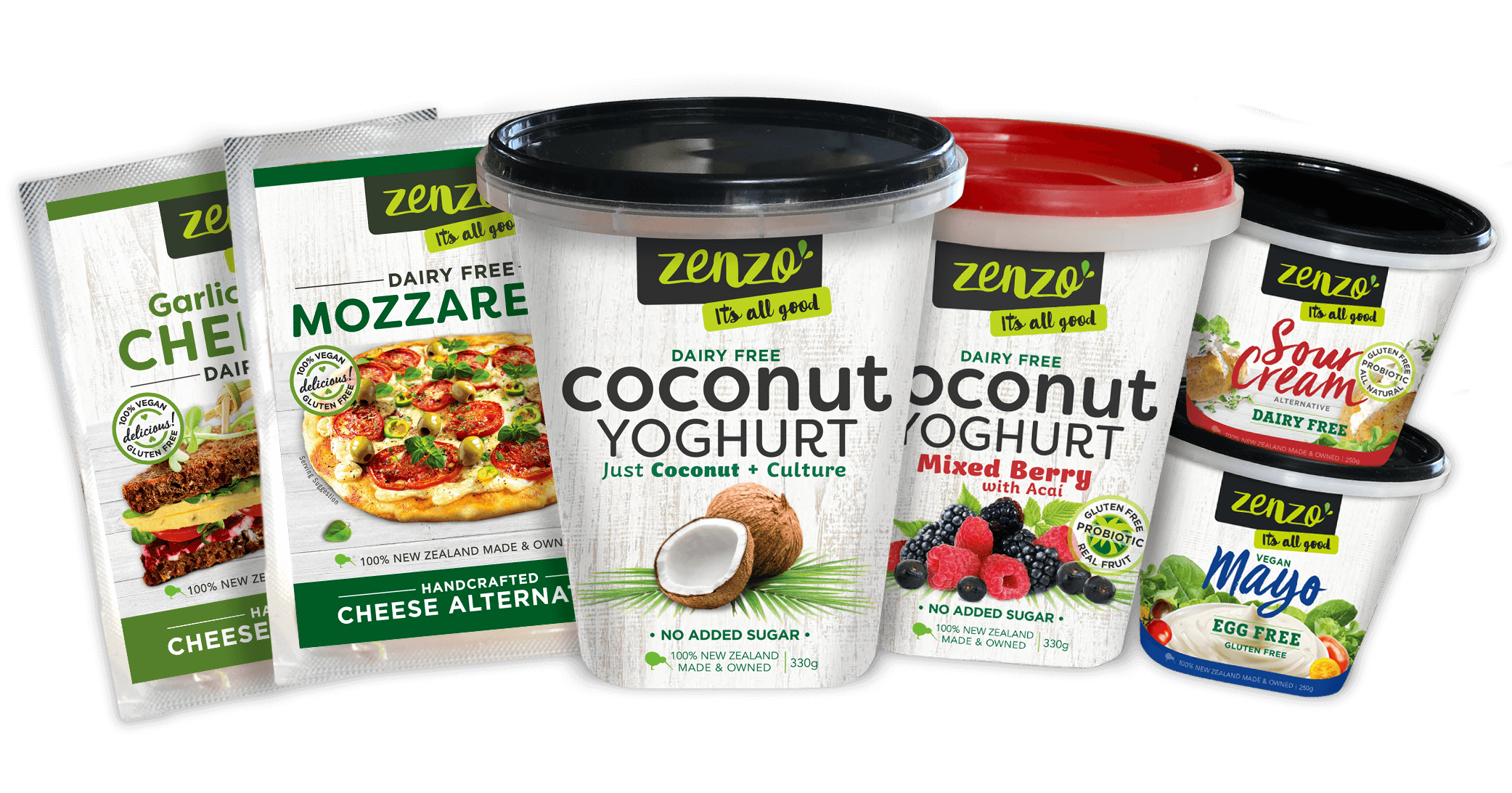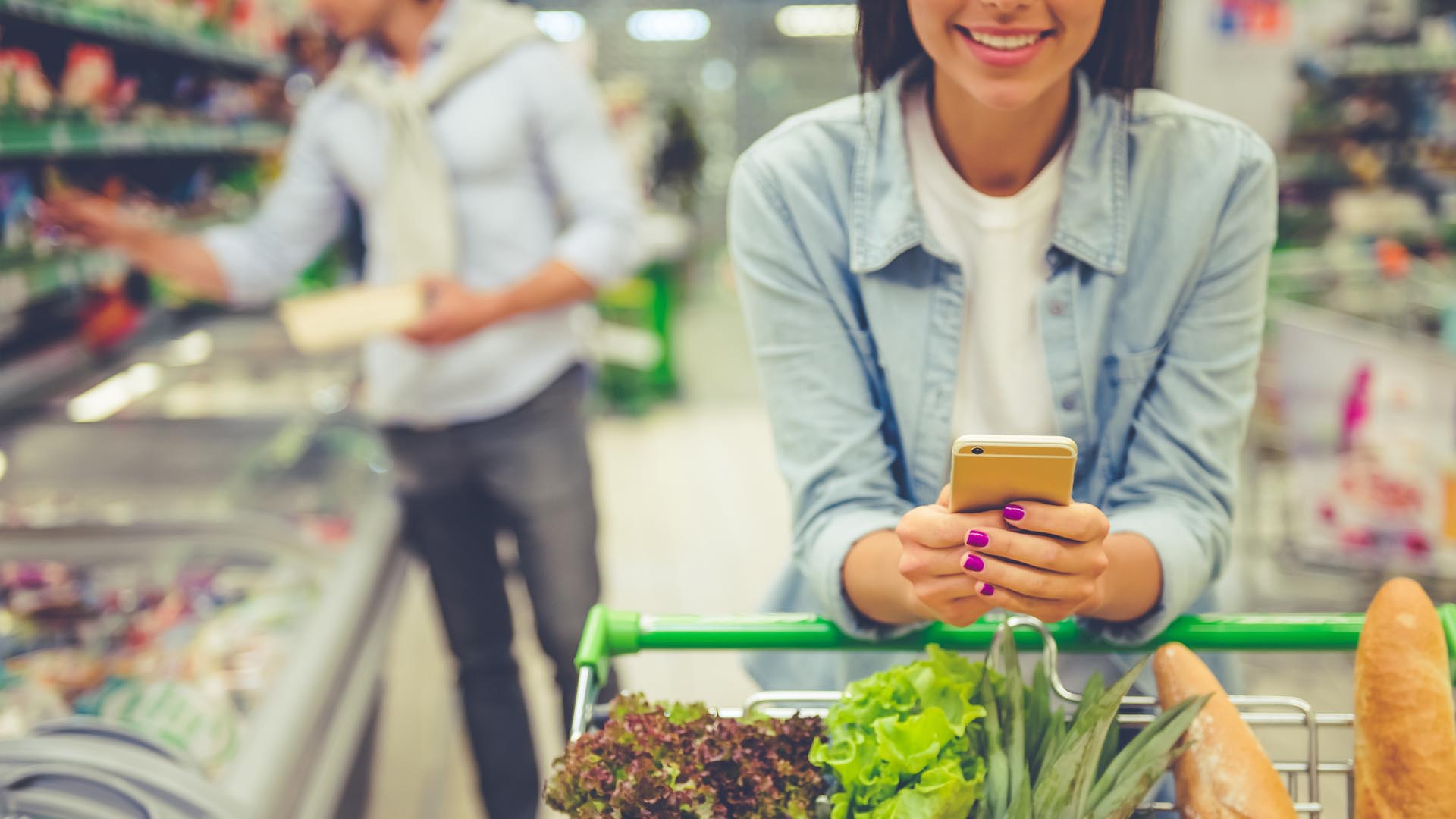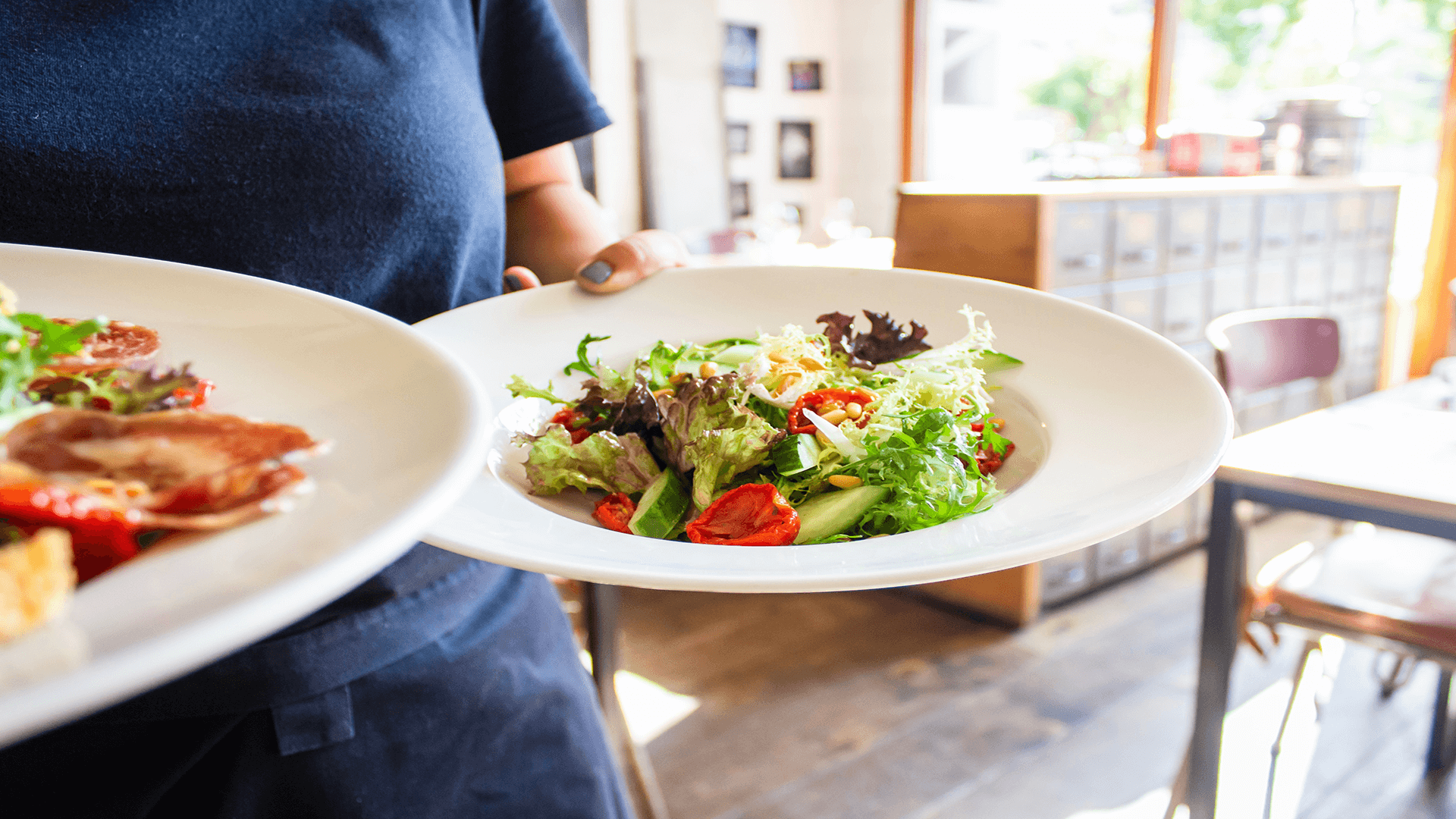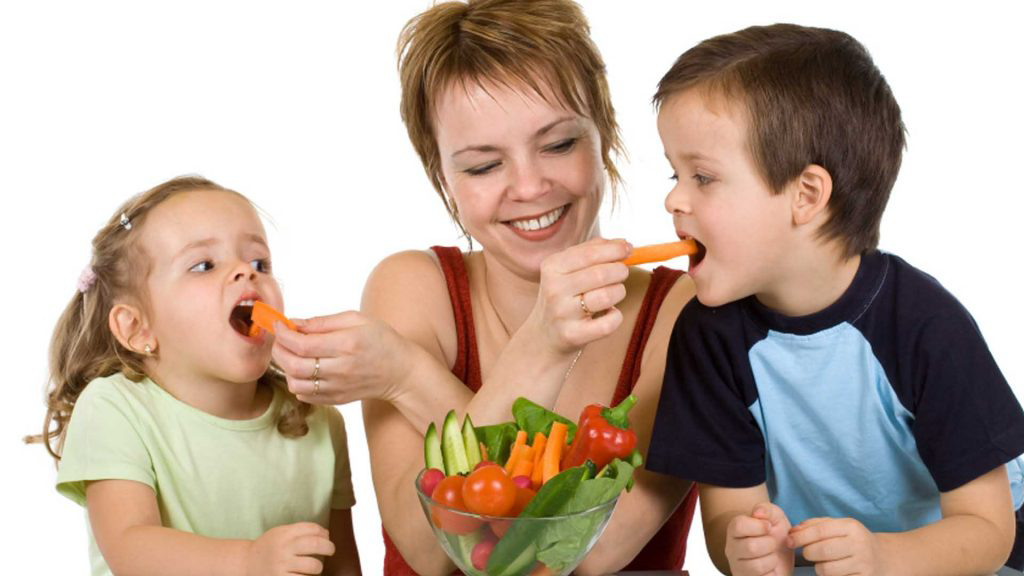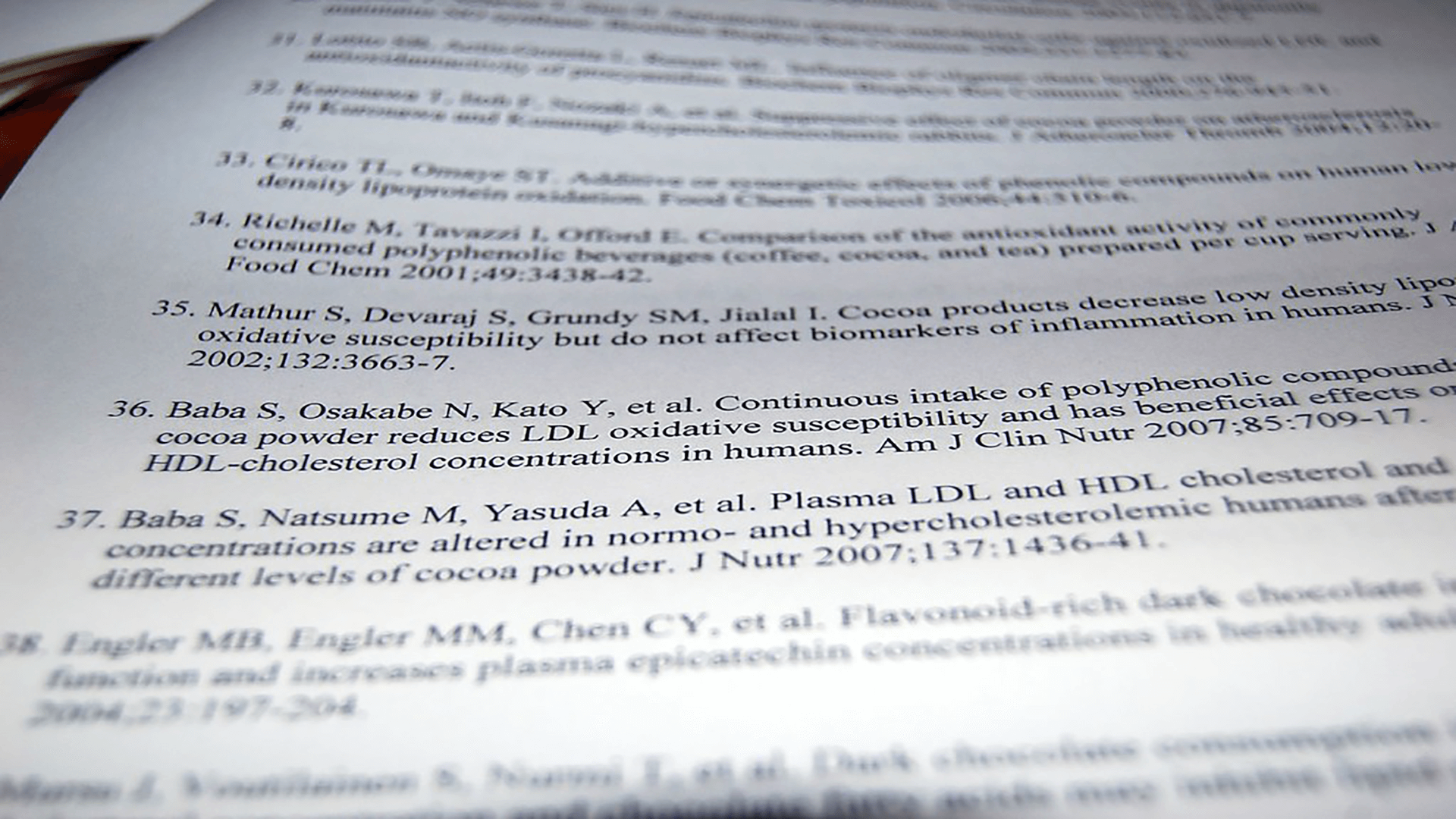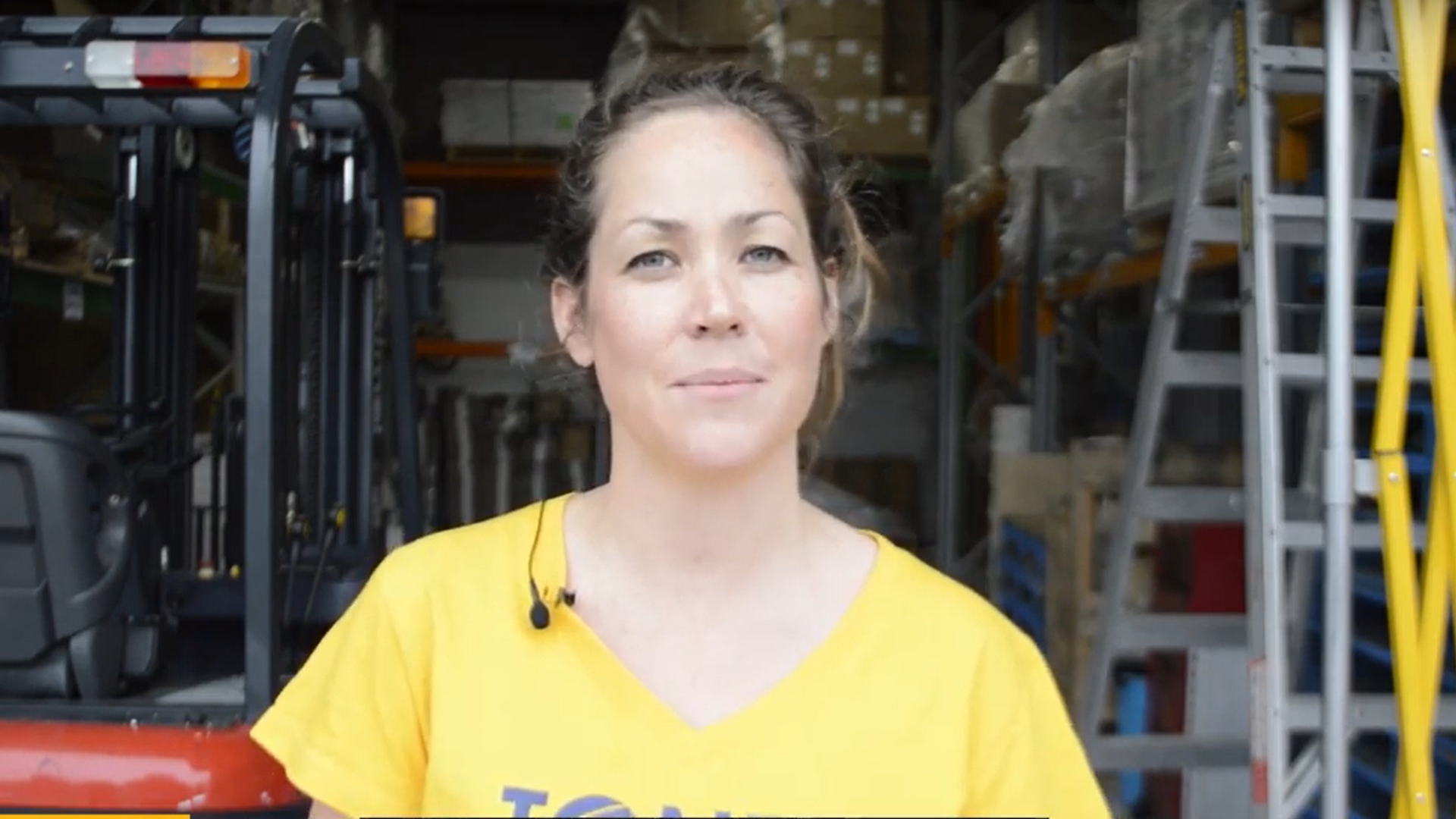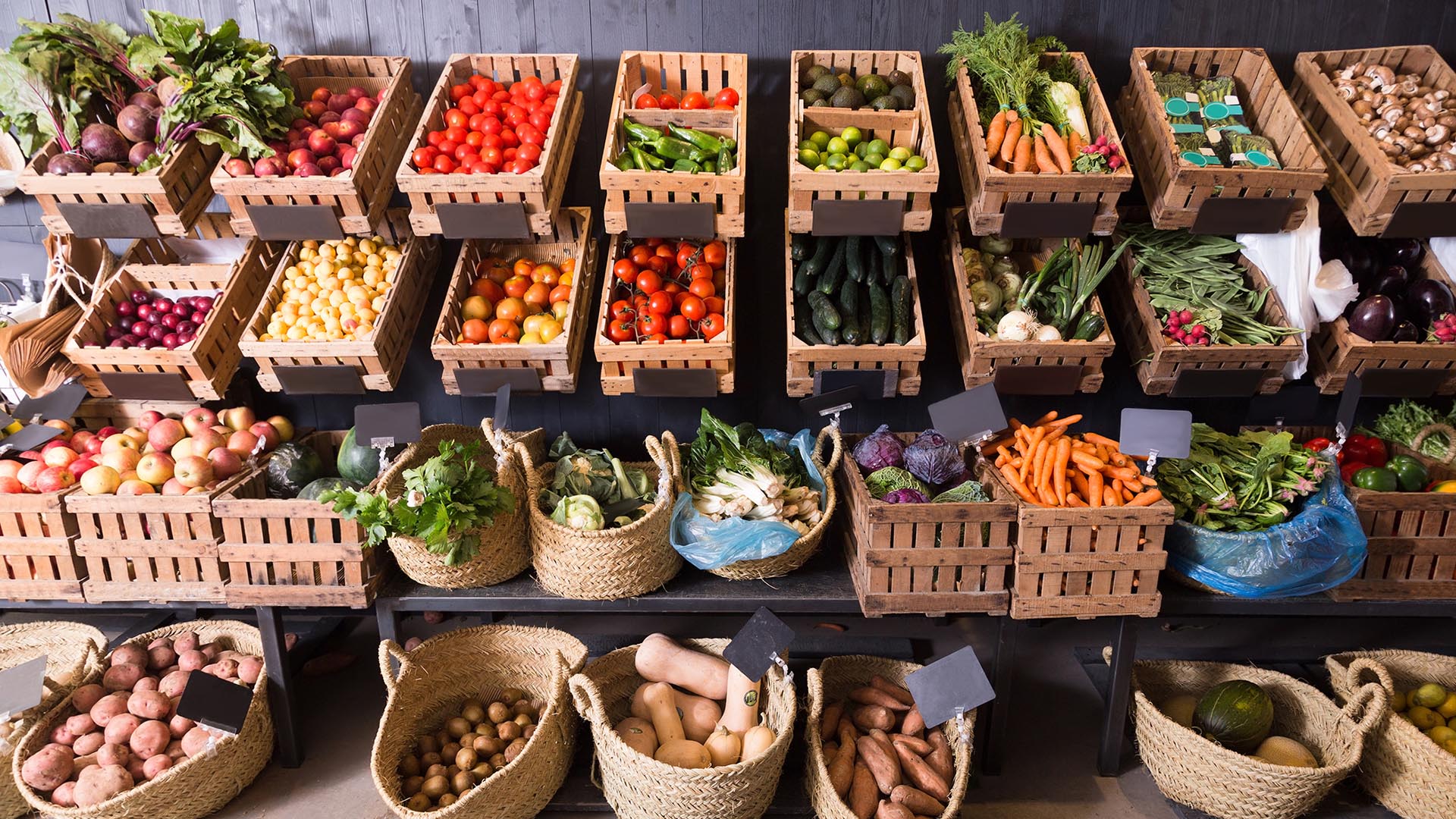In order to succeed, you need to be prepared. If you have a cupboard and fridge full of sugar-rich processed and packaged foods then that is what you will grab to eat when you are hungry. We are living in the highest stress environment which means work long hours and we are always ‘on’, and once we are hungry there is no time to prepare good food so we grab the cheapest, nastiest and most unhealthy food around us – the C.R.A.P. foods (Coffee, Refined, Alcoholic or Processed foods).
Fail to plan means you plan to fail
Change your habits now! Clean out your cupboard and fridge and change your environment. You need to alter the environment you are in, such that it serves you rather than poisons you. I know I go on and on about this but it is a fundamental part of getting and staying well. Why are we all so unwell? Our environment is an unhealthy obesogenic (fat and sick-creating) one. The key word here is: Preparation.
How do I start?
There are two distinctly different ways to approach this. The first way to approach change is to introduce the changes slowly, such as getting used to a good solid healthy breakfast and once you have that habit formed after a few weeks, move on to concentrate on creating healthy dinners. Then once you have breakfast and dinner sorted, look at bed times, wake times and changing exercise routines and so on. The second way to approach change is to jump right in and change everything at the same time. Different people will get different results and some may be more ready than others. There is no right or wrong choice here, choose the approach that suits you best.
Tips to get started
- Put aside some time to go through your kitchen completely
- Unpack each item one at a time from your fridge and pantry
- Read the ingredients and ask the question “Is this food healthy?
- If it is mostly sugar, salt, fat, gluten, chemicals, additives, preservatives and names you cannot pronounce, then it needs to be removed
- If it’s healthy, return it to the pantry or fridge
- Fruit, vegetables, nuts, seeds (including quinoa, millet and buckwheat), wholegrains and legumes (beans, lentils, chickpeas etc) remain
- Wholegrain pasta is ok as an emergency meal when nothing else is prepared and the kids are starving but ideally gluten-free quinoa, buckwheat or rice
- Snacks – pure muesli bars, unflavoured or naturally seasoned rice crackers or wafers (organic where possible) are a good back-up
- Always ensure you have a large bowl of fruit out in the open where the kids can see it – keep them fresh, rotated and abundant
- Always keep lots of the fresh yummy vegetables such as carrots, tomatoes, celery and cucumber
- Throw out commercial sweet treats as you will just eat them when stressed
Written by Jason Shon Bennett from jasonshonbennett.com

